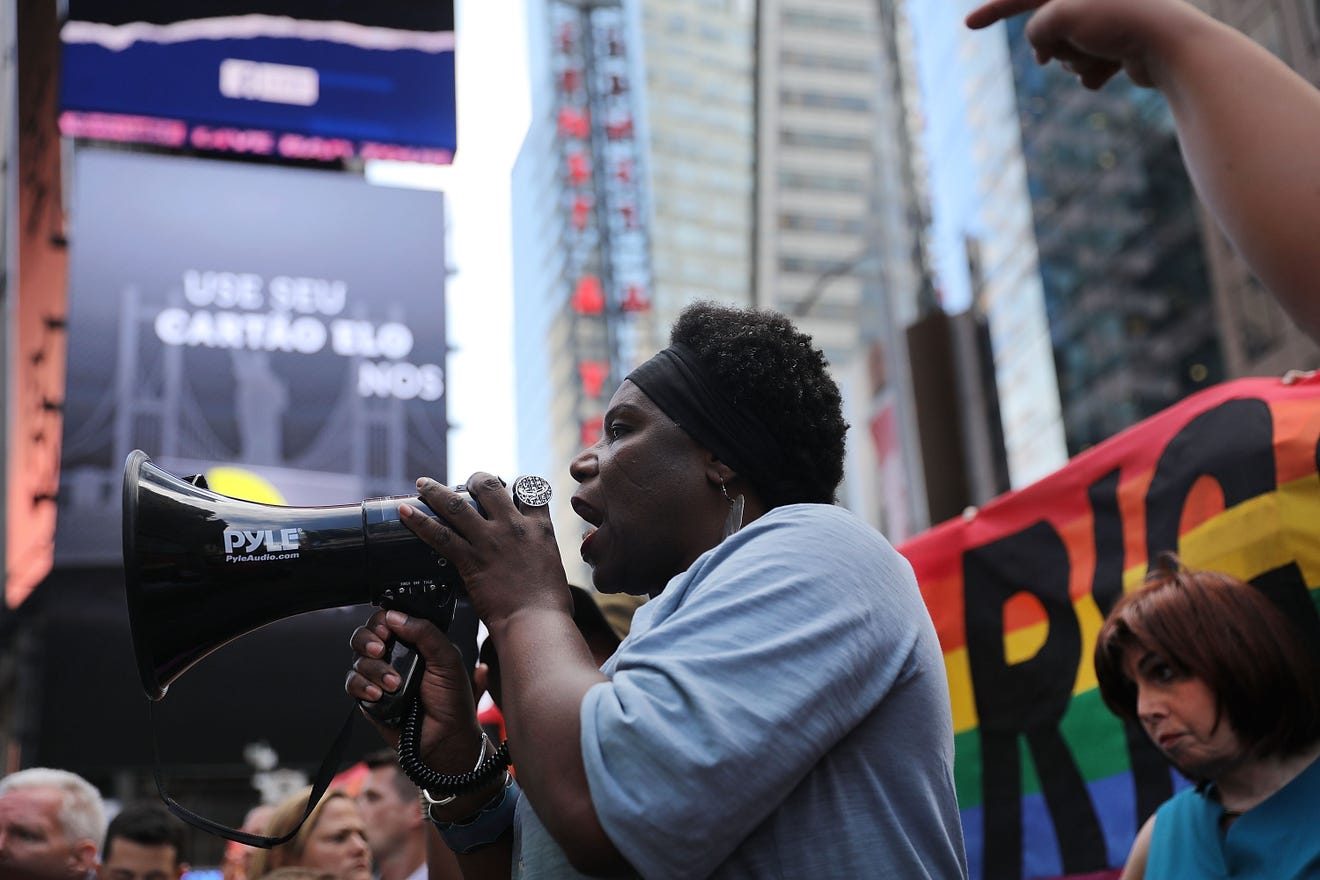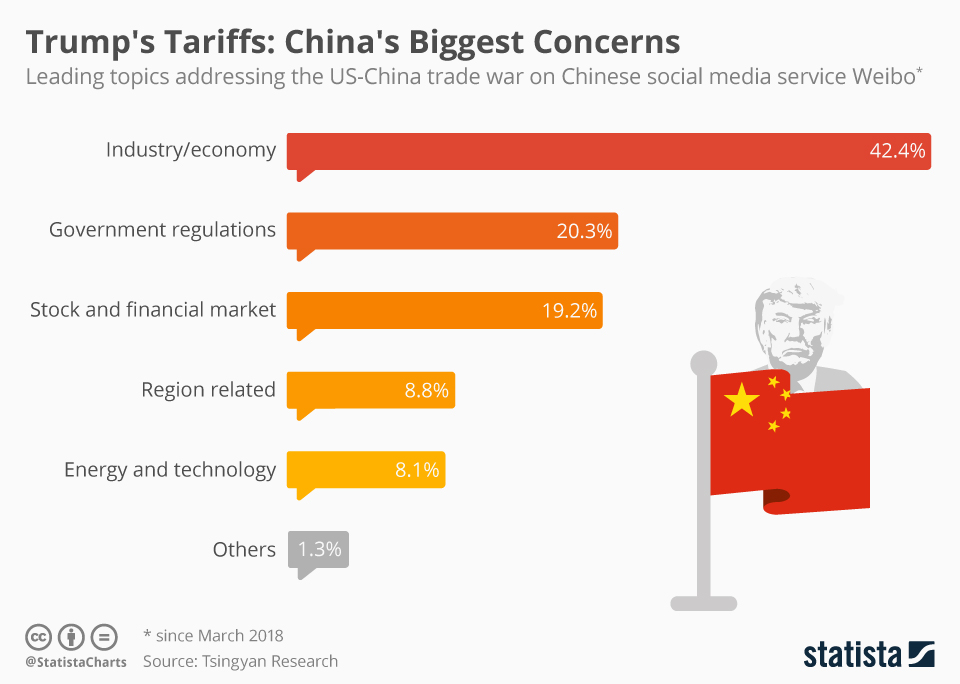Transgender Experiences Under Trump Administration Executive Orders

Table of Contents
Impact on Healthcare Access for Transgender Individuals
The Trump administration's policies significantly restricted healthcare access for transgender individuals, primarily targeting gender-affirming care. This care, crucial for transgender individuals' physical and mental well-being, encompasses hormone therapy and surgeries.
Restricting Healthcare Coverage
Executive actions and subsequent policy changes aimed to limit access to gender-affirming care through various means. These actions disproportionately affected low-income transgender individuals who relied on government healthcare programs or employer-sponsored insurance.
- Policy Examples: The administration actively promoted interpretations of existing laws that allowed employers and insurance providers to deny coverage for gender-affirming care based on religious objections. This led to a decrease in the number of healthcare providers offering such services, leaving many transgender individuals with limited options.
- Impact on Healthcare Providers: Many healthcare providers, fearing legal repercussions or facing pressure from religious organizations, ceased providing gender-affirming care. This shortage significantly limited access for transgender patients.
- Financial Burden: The increased cost and reduced availability of gender-affirming care placed a significant financial burden on transgender individuals, exacerbating existing health disparities within the community. Many were forced to forgo necessary medical treatments due to cost.
- Insurance Companies' Role: Insurance companies, under pressure from new interpretations of existing laws, began actively restricting coverage for gender-affirming surgeries and hormone therapy, leaving many transgender individuals with exorbitant out-of-pocket costs.
Religious Exemption Expansion
The broadening of religious exemption clauses under the Trump administration further complicated access to healthcare for transgender individuals. Religious objections were increasingly cited as justification for denying access to medically necessary care.
- Religious Exemption Cases: Numerous legal cases arose where healthcare providers or employers refused to provide gender-affirming care citing religious beliefs. These cases often resulted in protracted legal battles, leaving transgender individuals without access to care during the proceedings.
- Legal Arguments: The legal arguments centered on the balance between religious freedom and the right to healthcare. The administration consistently prioritized religious exemptions, often at the expense of transgender individuals' rights to medical care.
- Consequences: The expansion of religious exemption clauses created a chilling effect on healthcare providers, leading to further restrictions on access to gender-affirming care for transgender individuals, especially in areas with strong religious conservatism.
The Transgender Military Ban
One of the most high-profile actions was the Trump administration's ban on transgender individuals serving openly in the military. This policy, announced via executive order, reversed Obama-era policies that allowed for transgender service members.
Implementation and Legal Challenges
The implementation of the transgender military ban faced immediate and widespread legal challenges. The administration's stated rationale for the ban often focused on concerns about medical costs and readiness, claims which were widely disputed by military experts and LGBTQ+ advocacy groups.
- Timeline of the Ban: The ban was announced in 2017 and faced numerous legal challenges, resulting in temporary injunctions and court battles that lasted throughout the administration's term. The ban's implementation was repeatedly delayed and ultimately overturned by subsequent administrations.
- Court Rulings: Federal courts issued various rulings on the ban, with some upholding and others striking down different aspects of the policy. The legal uncertainty created significant instability and anxiety for transgender service members.
- Impact on Transgender Service Members: The ban had a deeply damaging effect on transgender service members. Many were forced to either leave the military or conceal their gender identity, facing potential discharge or even criminal prosecution.
- Human Cost: Beyond the legal battles, the human cost of the ban was immense. Transgender service members faced discrimination, harassment, and a loss of career opportunities. The ban resulted in the loss of skilled individuals who were dedicated to serving their country.
Impact on Recruitment and Retention
The military ban significantly impacted the recruitment and retention of transgender individuals and allies within the military. The policy created a climate of fear and uncertainty, discouraging both transgender individuals from considering military service and potential allies from supporting inclusive policies.
- Loss of Skilled Personnel: The ban resulted in the loss of talented and dedicated individuals with specialized skills, negatively affecting military readiness. Many transgender service members had already undergone extensive training and possessed valuable expertise.
- Impact on Military Readiness: The policy damaged military readiness by creating a hostile environment and driving away qualified individuals, ultimately undermining the effectiveness of the armed forces.
- Ethical Considerations: The ban raised significant ethical concerns about discrimination within the armed forces and the violation of the rights of transgender individuals who were willing to serve their country.
Education and Title IX
The Trump administration’s policies significantly impacted transgender students’ access to education, particularly regarding restroom access and participation in school activities.
Bathroom Bills and School Policies
Executive orders and their interpretations emboldened states to enact discriminatory legislation targeting transgender students, particularly concerning restroom access. This led to a surge in "bathroom bills" that restricted transgender students' ability to use bathrooms consistent with their gender identity.
- State-Level Legislation: Numerous states passed legislation restricting transgender students' access to appropriate restrooms and facilities, creating unsafe and hostile learning environments.
- Legal Challenges: These state-level laws faced numerous legal challenges, resulting in ongoing litigation and uncertainty for transgender students and their families.
- Impact on Students' Safety and Well-being: The lack of access to safe and inclusive restrooms contributed to increased anxiety, harassment, and discrimination against transgender students, impacting their academic performance and overall well-being.
Title IX and Gender Identity
The Trump administration's interpretation of Title IX, the federal law prohibiting sex-based discrimination in education, significantly limited protections for transgender students. The administration's narrow interpretation of "sex" excluded gender identity, impacting transgender students' participation in sports and other school activities.
- Legal Battles Surrounding Title IX: The administration’s interpretation of Title IX led to legal battles over transgender students’ participation in sports and other school activities.
- Implications for Transgender Athletes: Transgender athletes faced bans from participating in sports consistent with their gender identity.
- Overall Effects on Educational Opportunities: The administration's policies created a hostile and discriminatory environment that limited educational opportunities for transgender students, hindering their access to a full and equitable education.
Conclusion
The Trump administration's executive orders had a profound and lasting impact on the transgender community in the United States. The policies significantly restricted healthcare access, banned transgender individuals from serving openly in the military, and limited educational opportunities. These actions created a climate of fear, discrimination, and uncertainty, resulting in significant harm to the well-being of transgender individuals. Understanding the lasting effects of these Transgender Experiences Under Trump Administration Executive Orders is crucial to preventing similar discriminatory practices in the future. Learn more and get involved in advocating for transgender equality today. Resources such as the ACLU, GLAAD, and the Human Rights Campaign offer information and opportunities for engagement.

Featured Posts
-
 The Us Attorney General And Fox News A Daily Occurrence Worth Investigating
May 10, 2025
The Us Attorney General And Fox News A Daily Occurrence Worth Investigating
May 10, 2025 -
 New Trade Threat Trump Explores Tariffs On Aircraft And Engines
May 10, 2025
New Trade Threat Trump Explores Tariffs On Aircraft And Engines
May 10, 2025 -
 Draisaitls Hart Trophy Finalist Nod A Stellar Season For The Edmonton Oilers
May 10, 2025
Draisaitls Hart Trophy Finalist Nod A Stellar Season For The Edmonton Oilers
May 10, 2025 -
 Bangkok Post Highlights Urgent Need For Transgender Equality
May 10, 2025
Bangkok Post Highlights Urgent Need For Transgender Equality
May 10, 2025 -
 Woman Convicted Of Racist Murder In Unprovoked Stabbing
May 10, 2025
Woman Convicted Of Racist Murder In Unprovoked Stabbing
May 10, 2025
